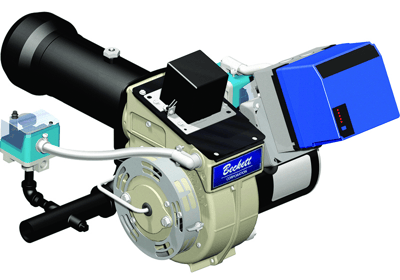The burner is a crucial piece of every oil or gas heating system, as it supplies the energy needed to provide automatic comfort to a residence or commercial space. The burner is attached to a heating appliance, water heater, or boiler to heat air or water. However, while these basic functions are the same across both oil and gas burners, there are several distinct differences between the two in terms of how they function and how their designs came to be. In this guide, we'll give you a high-level overview of oil and gas burners, their main functions, and how their designs changed over time in order to adapt to the changing demands of heating systems and customers.
Introduction to Oil Burners
In order for an oil burner to function properly, a technician must ensure that three main elements of operation are in balance: fuel, air, and heat. The oil burner can only provide the energy the heating system needs with a reliable source of fuel oil, a source of air to draw from, and the heat required for flame ignition. In order to be sure that oil burners function safely and reliably, consumers should schedule regular maintenance of the burner and the system as well as learn the telltale signs of harmful leaks.
To learn more about oil burner basics, click here.
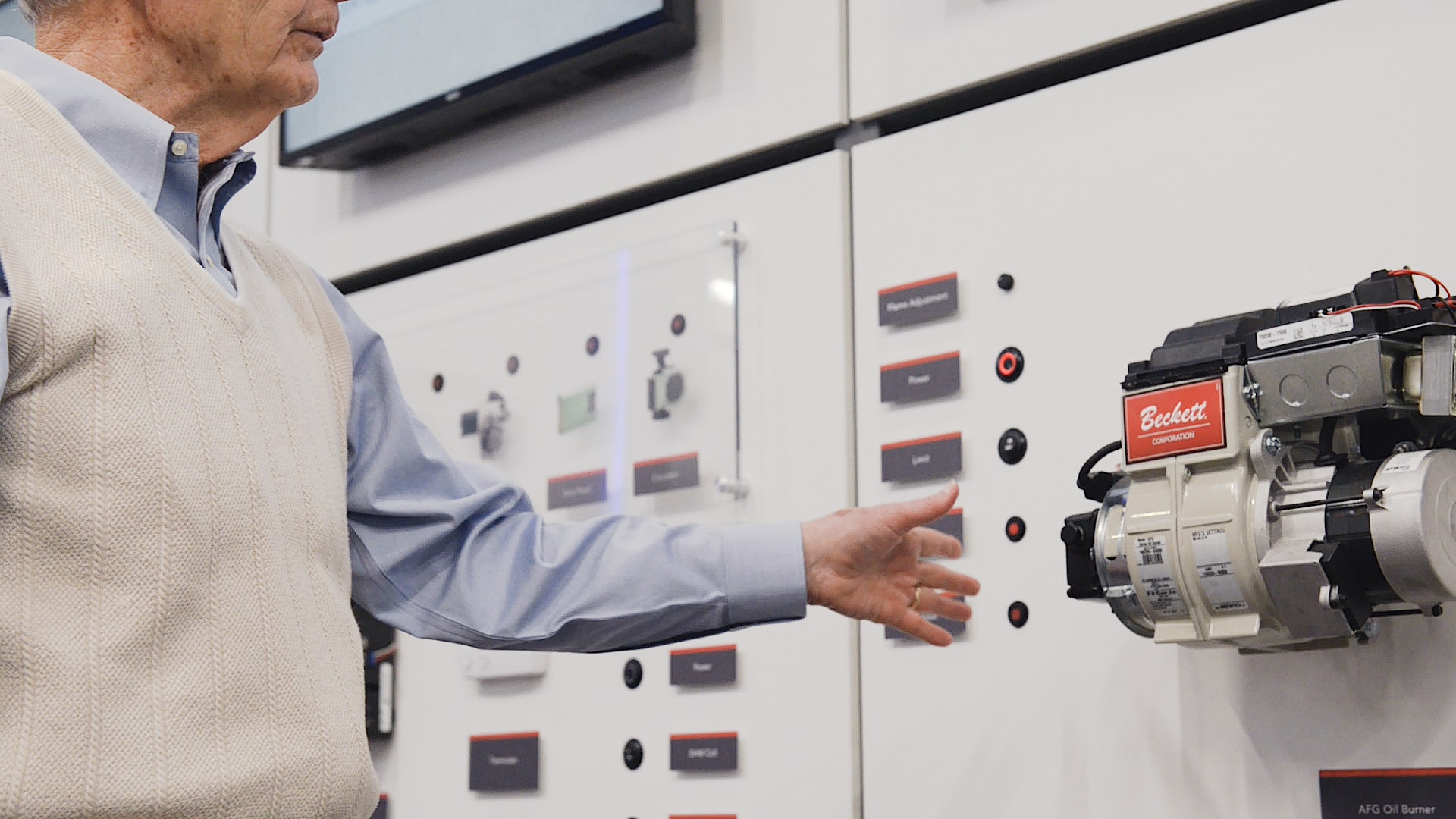
Evolution of Oil Burners
Multiple oil burner designs over the years have continued to improve upon the ability to handle modern heating demands and conditions. The earliest oil burners were known as pot burners and were designed to replace wood burners. However, the rotary burner design followed closely behind, but both of these legacy burners were limited in both efficiency and capacity. Therefore, the development of the power burner included several upgrades in technology which allowed the burner to produce a more defined flame for increased energy output. As automatic comfort became universal burner technology evolved from inefficient designs. The industry developed flame retention head burners and blue flame oil burners to provide even safer and more efficient operation. Over the years, oil burners have become much more "green" in terms of environmental standards.
To learn more about the changes in oil burner technology over time, click here.
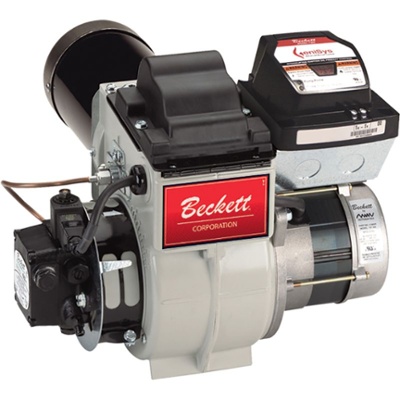
Oil Burner Safety and Efficiency
The design and engineering of modern oil burners, combined with the availability of advanced training for technicians, have enabled the burners to achieve higher peak performance. While oil burners were initially developed to convert coal and wood appliances to oil, these retrofit burners were not originally as efficient or easy to maintain as todays burners. Due to new construction trends, burners have been challenged to find quantities of air that they require to function. Various methods are available to meet these new challenges. The oil industry continues to improve burner designs in order to match residential demands for performance and efficiency while considering modern building construction. In this age of oil burner technology, technicians also needed advanced training to stay abreast of design changes that contribute to increased burner safety.
Click here to learn more about the oil industry's role in oil burner safety and efficiency today.
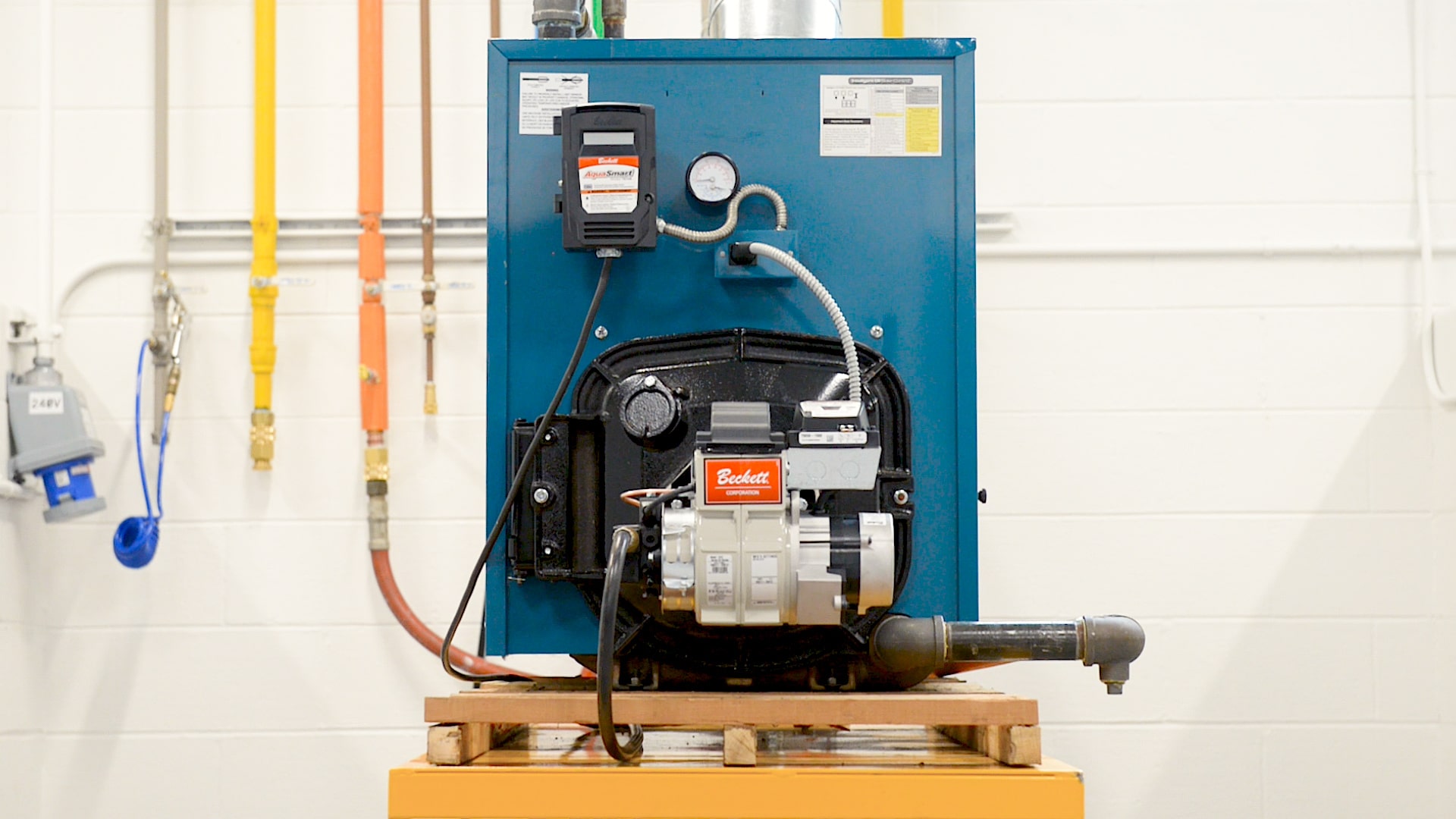
Introduction to Natural Gas Burners
Natural gas burners come in a three main varieties that function in different ways. The inshot burner is one of the most common gas burner types, though they may require the assistance of a draft inducer in order to draw gases out and push them through the chimney. High efficiency appliances utilize a premix burner, which mixes gas and air prior to discharge from the burner tip. Finally, the power gas burner is more similar to an oil burner in that a fan mixes air and gas and inject the mixture into the combustion chamber. Choosing the correct burner for an application always depends on the design of the entire gas system.
To learn more about the basics of natural gas burners. click here.
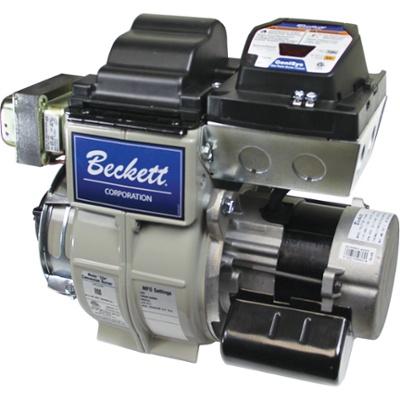
Evolution of Gas Burners
Gas burners have also undergone a series of design changes over the decades that contributed to safe and more efficient gas heat. To begin, gas inshot burners were changed to produce many small flames. However, as heat exchangers got tighter, designs that include draft inducers were developed to draw gases through the exchanger, with a balance that allows the heat exchanger to capture heat from the combustion cylce. At the same time, the development of the power burner provided benefits including the ability to handle larger appliances and make conversion from coal easier. Additionally, as water heater technology developed, a premix burner design opened up the opportunity for new condensing appliances to emerge.
Click here to learn more about the evolution of modern gas burner technology.
